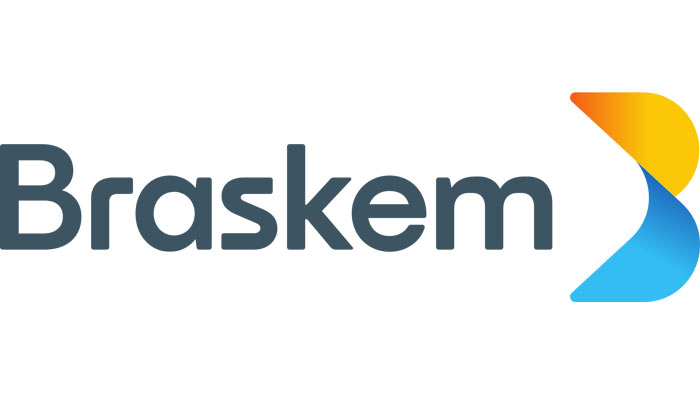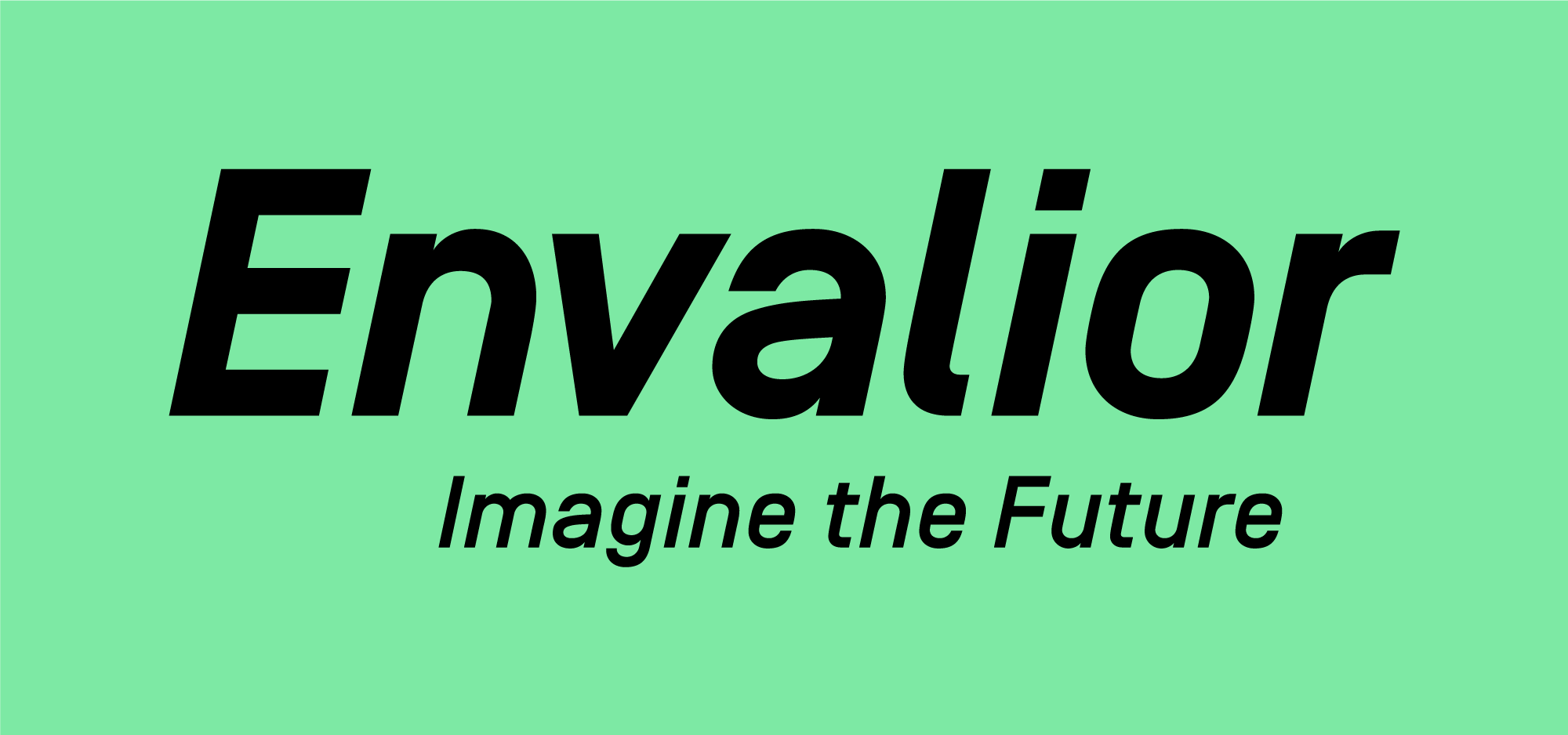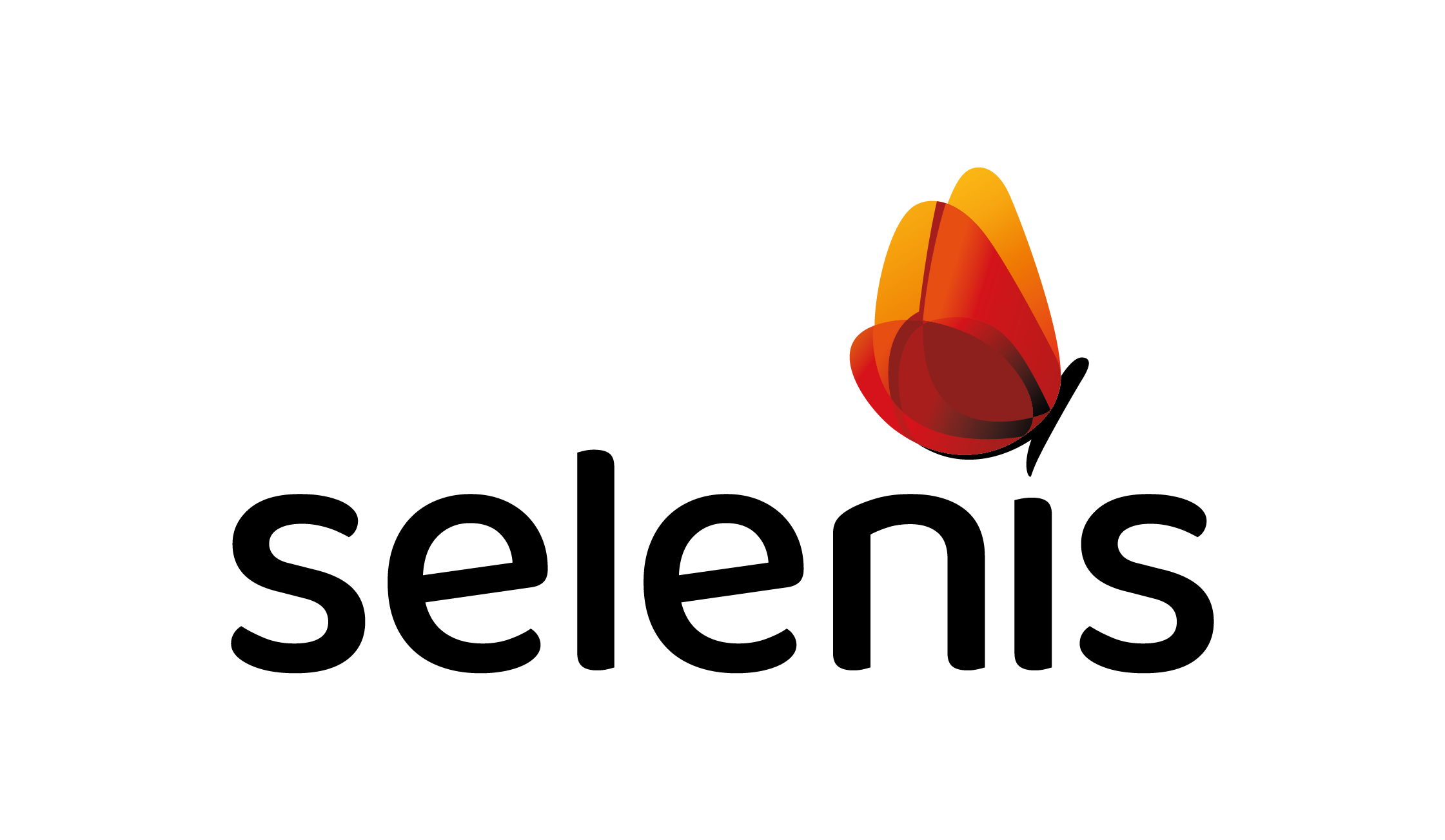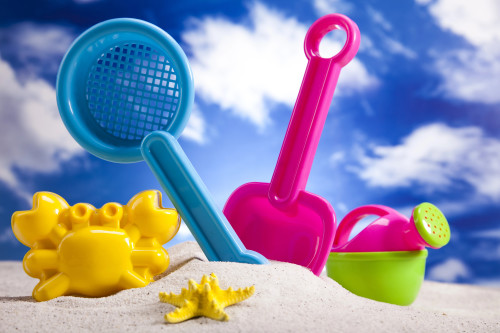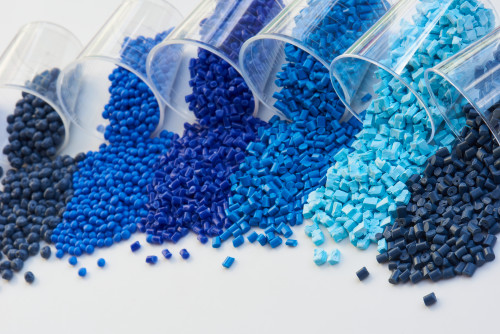Overview of Injection Blow Moulding:
High-Volume Production: Optimised for manufacturing large quantities of hollow objects.
Quality Finish: Yields bottles and containers with exceptional visual and dimensional precision, out-performing extrusion blow molding.
Versatile Container Design: Suitable for producing both narrow and wide-mouth containers, delivering a finished product without excess material, also known as flash.
Step-by-Step Process:
1. Injection Stage:
Molten polymer is injected into a cavity through a hot runner block.
PREFORM is shaped using a mandrel for the interior and the cavity for the exterior dimensions.
The set-up includes a timed process where molds and core pins separate, rotating the preform for further processing.
2. Blowing Stage:
The preform is heated to the right temperature and placed in the BLOWMOULD area.
Moulds close around the preform, and it is inflated using precise air pressure levels to form the final shape.
3. Discharge Stage:
After cooling, the moulds open, and the preform is automatically ejected, often using robotics for efficiency.
The entire process operates concurrently on a revolving carousel of molds to maximize production.
Commonly Used Materials:
Variety of Polymers: Includes Low Density Polyethylene (LDPE and LLDPE), Polypropylene (PP), Polyethylene Terephthalate (PET), Polyvinyl Chloride (PVC), and High Density Polyethylene (HDPE).
Typical End Products:
Plastic Bottles: The primary output of this process, serving a vast array of packaging needs.
Injection blow moulding is crucial in the packaging industry, producing bottles that meet stringent quality standards while providing the flexibility to use a range of thermoplastic materials.


